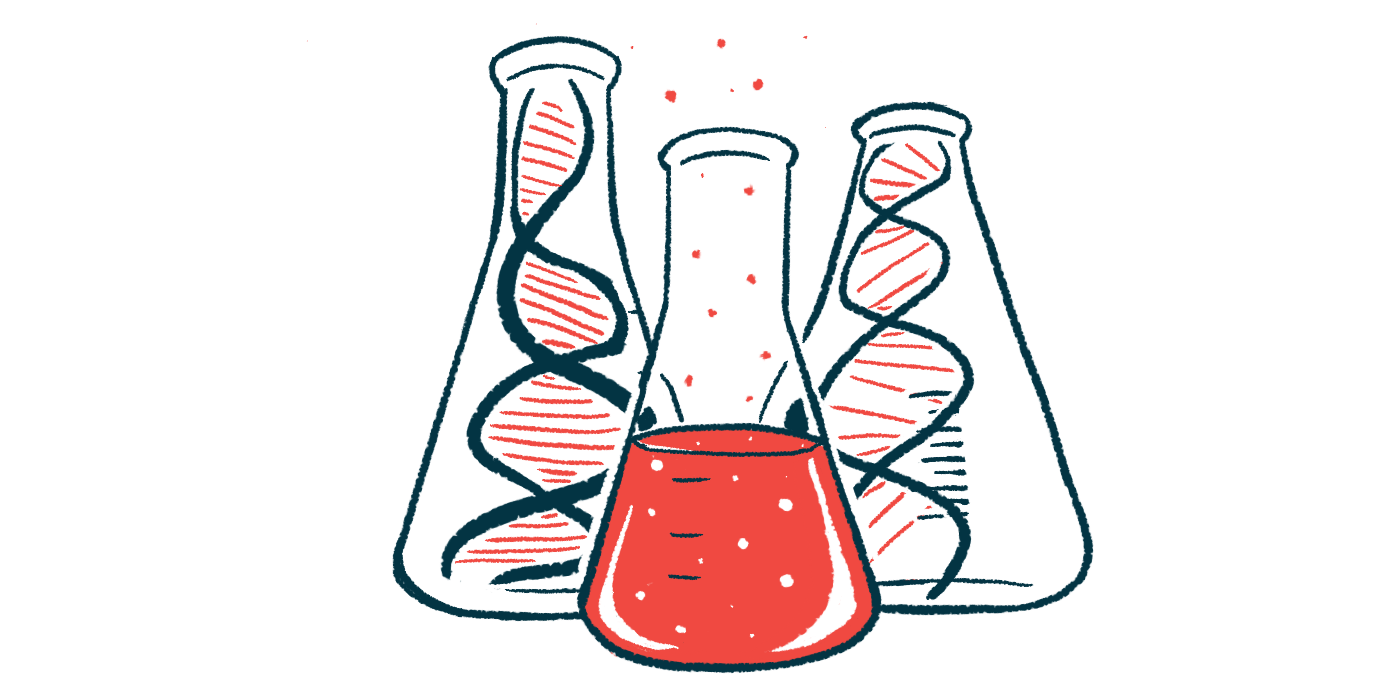Spinraza treatment responses may be predicted by certain RNAs: Study

Certain RNA molecules may be used as biomarkers to assess response to treatment with Spinraza (nusinersen) in people with spinal muscular atrophy (SMA), according to a recent study.
These RNA (which stands for ribonucleic acid) molecules are found in the cerebrospinal fluid (CSF), the liquid surrounding the brain and spinal cord, and may help to identify patients with a specific pattern of gene activation who could potentially respond favorably to Spinraza on a molecular level.
“This study provides preliminary insights into modulation of gene expression [activity] dependent on nusinersen treatment and lays the foundation for biomarkers discovery,” researchers wrote.
The study, “Preliminary insights into RNA in CSF of pediatric SMA patients after 6 months of nusinersen,” was published in the journal Biology Direct.

Muscle Strengthener Found to Ease Patient Fatigue in Small Study
SMA is caused by mutations in the SMN1 gene that impair or severely reduce the production of the survival motor neuron (SMN) protein. The lack of SMN in turn leads to progressive muscle weakness and atrophy (wasting), among other symptoms.
However, up to 10% of functional SMN is produced by the SMN2 gene, a so-called backup gene for SMN1, which can partially compensate for its defects. Thus, a high number of SMN2 gene copies — and an increased SMN production — are associated with lower disease severity.
Spinraza is an antisense oligonucleotide, a type of RNA-based molecule designed to increase the levels of functional SMN by binding and modifying SMN2’s messenger RNA (mRNA). Of note, mRNA is a molecule derived from DNA that guides protein production.
RNA molecules that control gene activation have potential as biomarkers
Several types of RNA molecules that can control gene activation, such as mRNA, microRNA (miRNA), and long non-coding RNA (lncRNA), have the potential to be used as biomarkers of disease and treatment response.
“A recent published work identified miRNAs as potential biomarkers to monitor response to nusinersen in pediatric SMA patients,” the researchers wrote. “However, no data are available so far, about long RNAs, such as coding mRNA and lncRNAs in the disease.”
In this study, researchers in Italy focused on examining mRNA and lncRNA molecules present in the CSF of SMA patients treated with Spinraza that could potentially be used as biomarkers of treatment response in clinical practice.
The study involved a total of 18 patients with SMA type 2 and 3. CSF samples were obtained at baseline — before patients received their first Spinraza injection — and again after six months of treatment.
The researchers identified a total of 48 RNAs whose pattern of expression (activity) changed over the course of treatment. From these, 23 were mRNAs that were downregulated (expression decreased), and 13 were mRNAs that were upregulated (expression increased). The only lncRNA identified was downregulated.
Based on gene databases, the researchers then divided the differentially expressed RNAs into three categories: those directly involved in SMA disease mechanisms; those whose alteration might be directly associated with treatment with Spinraza; and those whose expression changed in response to treatment.
These observations made us speculate that this group is the most responsive to the treatment at molecular levels.
Gene expression pattern changed over course of treatment in 6 patients
Further analysis helped identify a group of six patients in whom the pattern of gene expression had changed over the course of treatment. These patients were categorized as “heterogenous,” while those in whom gene expression patterns remained identical were defined as “homogenous.”
To dissect the differences between these two groups, the researchers separately compared samples obtained after six months of treatment with those obtained at a patient’s corresponding baseline.
In the heterogeneous group, the researchers identified 15 differentially expressed RNAs, 14 of which were mRNAs and upregulated. The only disease-specific gene found was HSP90AB1, which is involved in protein folding and degradation.
All mRNAs classified as treatment-specific in this group of patients were associated with ribosomal components, which are required for the production of proteins. Considering the involvement of the SMN protein in ribosome biology, these genes demonstrate a strong correlation with treatment, according to the scientists.
The researchers highlighted the downregulation of SOGA1, an inhibitor of autophagy — the process by which cells recycle certain components — for treatment-dependent genes in this group of patients. Based on this observation, the researchers hypothesized that “the down-regulation of this suppressor might reflect autophagy restoration.”

MDA 2023: Evrysdi’s motor benefits found to last for 4 years in trial
Upregulation of ANXA1 gene may be protective mechanism linked to Spinraza
There was also an upregulation of ANXA1, a gene with anti-inflammatory activity. Considering the role of neuroinflammation in SMA, this may be a protective mechanism associated to treatment with Spinraza, according to the researchers.
“These observations made us speculate that this group is the most responsive to the treatment at molecular levels,” they wrote.
However, there was no correlation between the mRNA molecules described and the patients’ clinical characteristics, including SMN2 copy number, age of disease onset, and clinical change after treatment. This could be due to “the small number of patients and the short-term evaluation” in the study, the researchers noted.
“Thus, based on the current findings we aim to extend our investigation by testing CSF samples in a wider cohort and at successive injections to further characterize and corroborate the potential role of these molecules in SMA longitudinal assessment,” they wrote.
The post Spinraza treatment responses may be predicted by certain RNAs: Study appeared first on SMA News Today.



